Urban identities evolve constantly, yet certain moments mark profound transformations that fundamentally redefine a city. These pivotal periods emerge from economic shifts, demographic changes, cultural movements, or sometimes dramatic events that catalyze new directions.
Throughout history, cities have reinvented themselves—Detroit from automotive capital to something emerging and different, San Francisco from counterculture haven to tech epicenter, and countless others adapting to changing realities. Here is a list of 20 cities worldwide currently experiencing transformative identity shifts. Each is standing at a crossroads that will determine its character for decades to come.
Detroit, Michigan
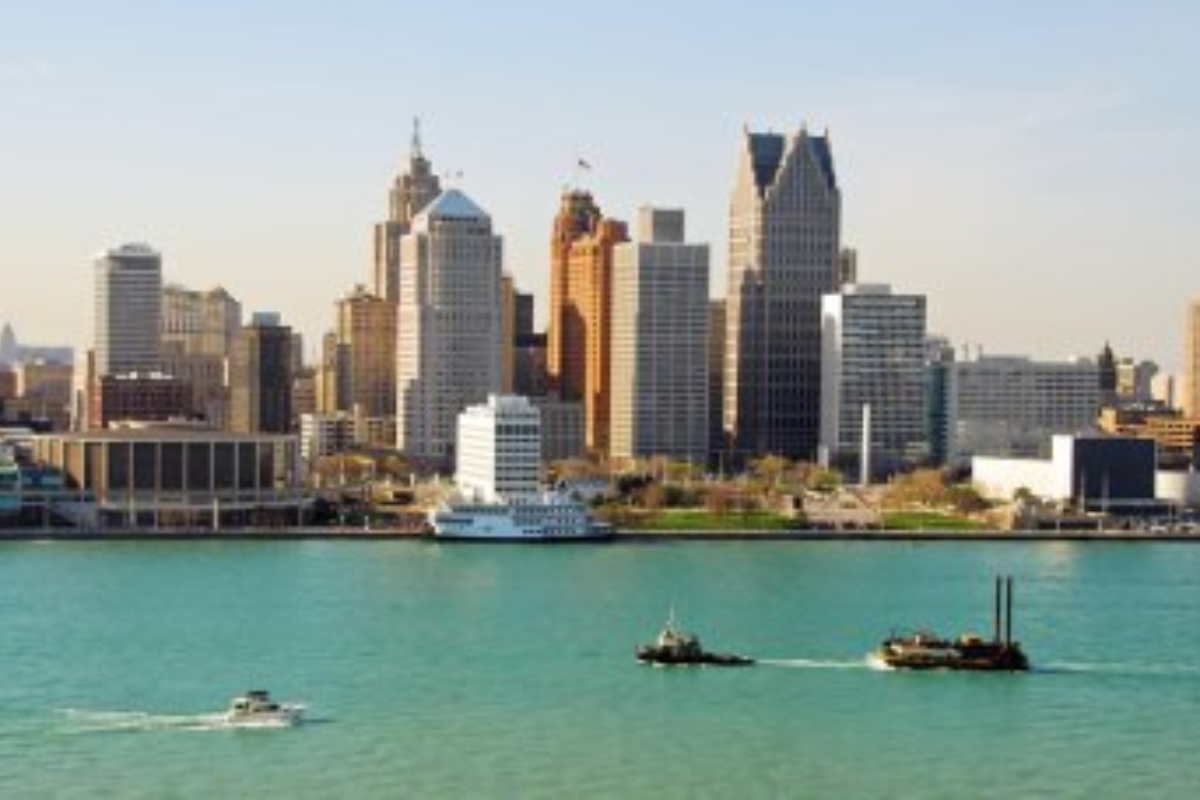
Emerging from decades of economic challenges, the Motor City now attracts young creatives and entrepreneurs, transforming abandoned industrial spaces into vibrant communities and innovative businesses. Urban farming occupies formerly vacant lots while historic buildings find new purpose housing tech startups and arts organizations that celebrate the city’s rich musical heritage.
The transition from automotive manufacturing toward a more diverse economic foundation represents both a challenge and an opportunity for longtime residents witnessing their hometown’s evolving identity.
Lisbon, Portugal
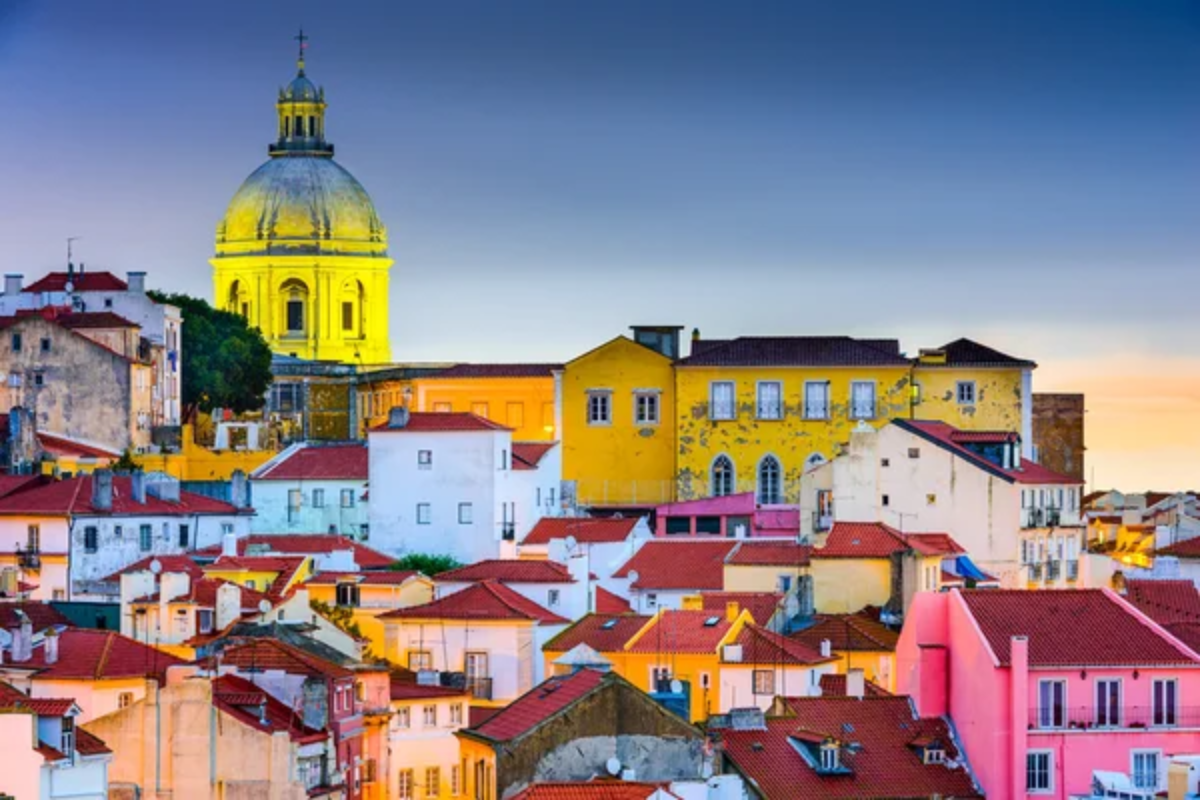
Once considered Europe’s sleepy hidden gem, Portugal’s capital now grapples with international investment reshaping neighborhoods that maintained their unchanged character for centuries. Digital nomads and remote workers fill cafes that formerly hosted local pensioners while historic buildings transform into luxury accommodations and creative agencies.
The influx brings economic vitality alongside concerns about authenticity and affordability in this ancient maritime city now navigating the currents of globalization.
Like Travel Pug’s content? Follow us on MSN.
Pittsburgh, Pennsylvania
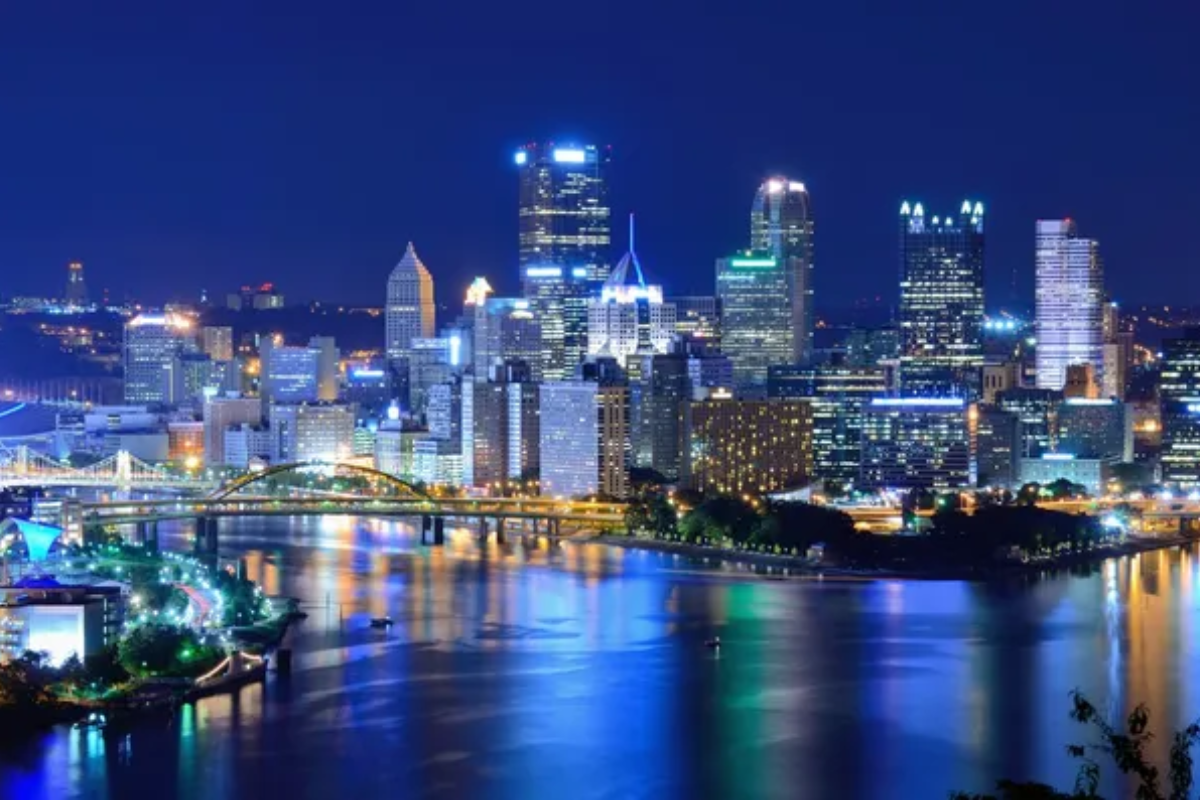
Steel City continues its transformation from industrial powerhouse to innovation hub where robotics, healthcare, and technology replace blast furnaces as economic drivers. Universities expand their footprints while former factory sites become research centers developing autonomous vehicles and advanced manufacturing processes.
The city maintains its working-class spirit while embracing new economic realities that attract younger residents to neighborhoods where multigenerational families once worked in industries that are now preserved primarily in museums.
Medellín, Colombia
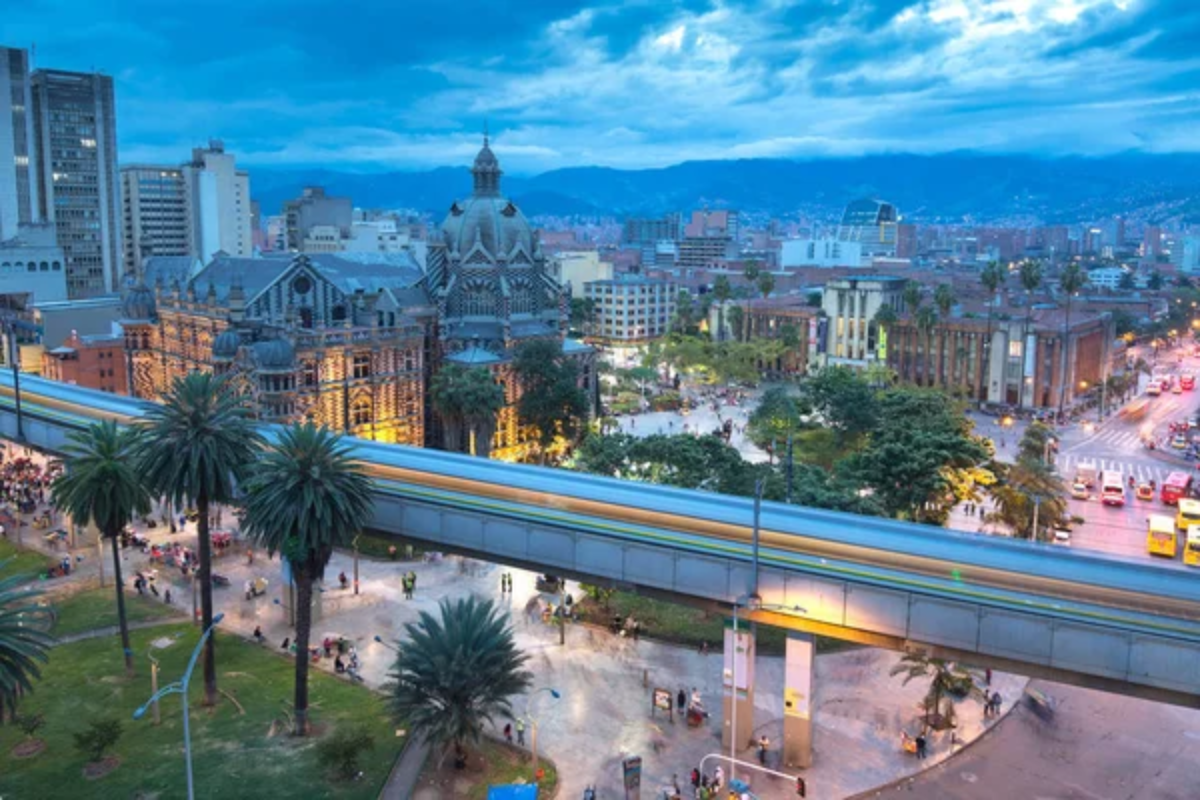
Once infamous for cartel violence, this mountain valley metropolis now garners international attention for innovative urban planning focused on inclusivity and accessibility. Cable cars connect hillside neighborhoods to the city center, while escalators climb steep terrain that once physically and symbolically isolated communities from economic opportunities.
The ongoing transformation demonstrates how thoughtful infrastructure investment can shift urban identity from cautionary tale to model for addressing inequality through design.
Rotterdam, Netherlands
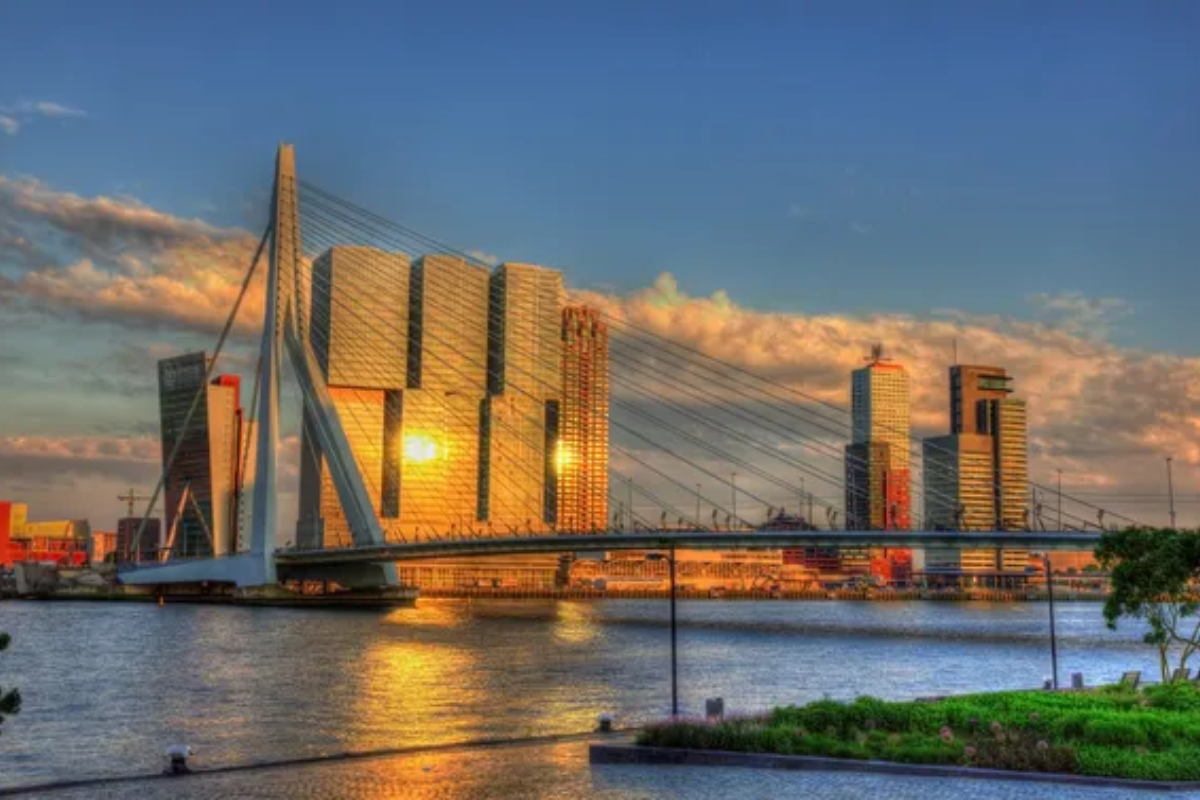
Bold architectural experimentation defines this port city’s evolution from wartime destruction toward becoming Europe’s laboratory for urban innovation. Floating homes adapt to rising sea levels while abandoned docklands transform into creative districts where designers and entrepreneurs reimagine industrial heritage.
The contrast with Amsterdam’s preserved historical character positions Rotterdam as the Netherlands’ forward-looking counterpoint, where climate adaptation shapes urban development priorities.
Like Travel Pug’s content? Follow us on MSN.
Austin, Texas
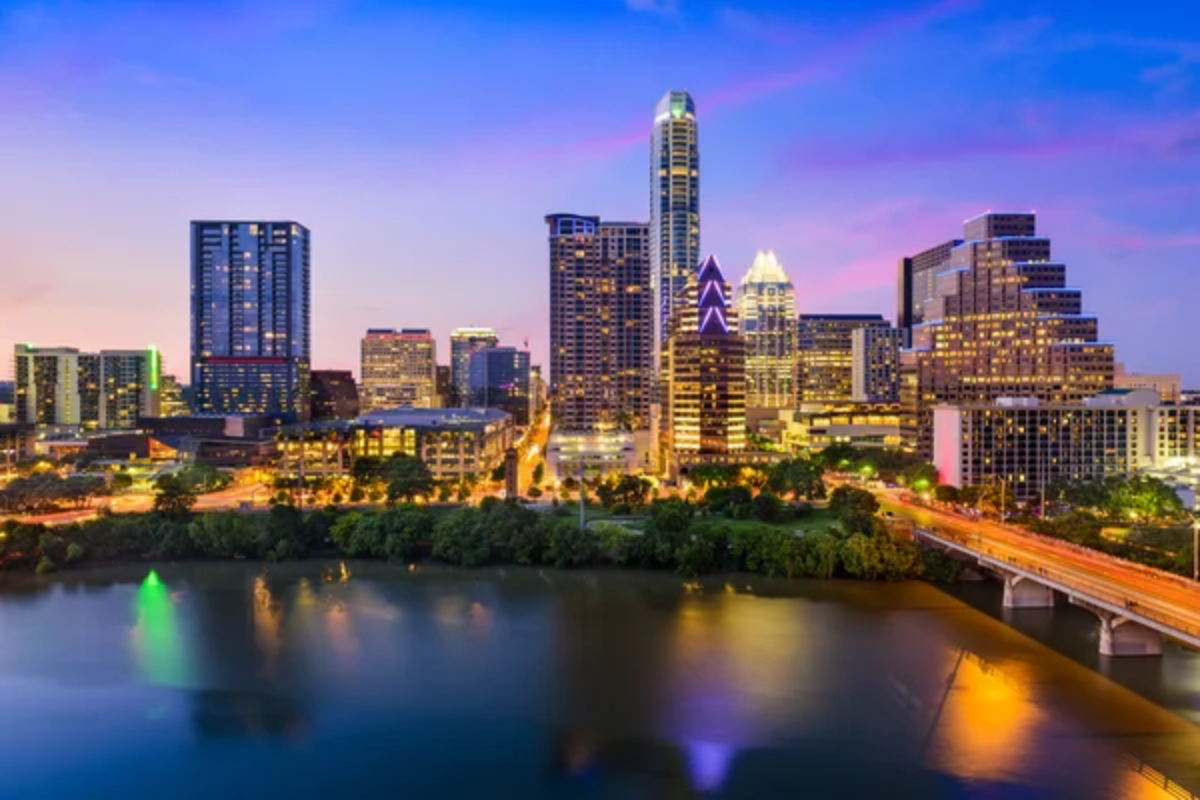
Live music heritage merges with tech industry expansion in this rapidly growing capital, navigating tensions between creative authenticity and corporate investment. New developments transform the skyline while longtime venues face rising costs in a city wrestling with its evolution from quirky outpost to economic powerhouse.
The identity shift raises questions about whether the slogan ‘Keep Austin Weird’ represents a genuine commitment to creative culture or merely marketing language for a city becoming more similar to other tech hubs.
Christchurch, New Zealand
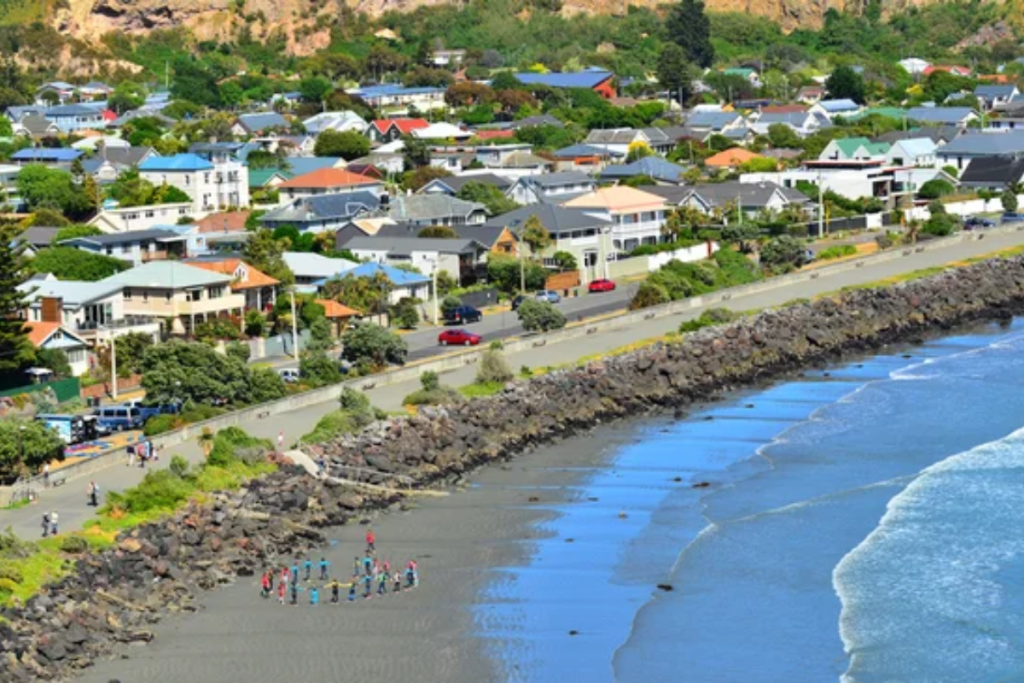
Catastrophic earthquakes created both tragedy and opportunity in this South Island city, where reconstruction efforts emphasize sustainability and resilience. Modern architecture rises alongside preserved heritage, while community input shapes development priorities focused on adapting to climate challenges.
The ongoing rebuilding process creates space for reimagining urban identity through indigenous partnerships and innovative approaches to public space in a city literally rebuilding itself from the ground up.
Buffalo, New York
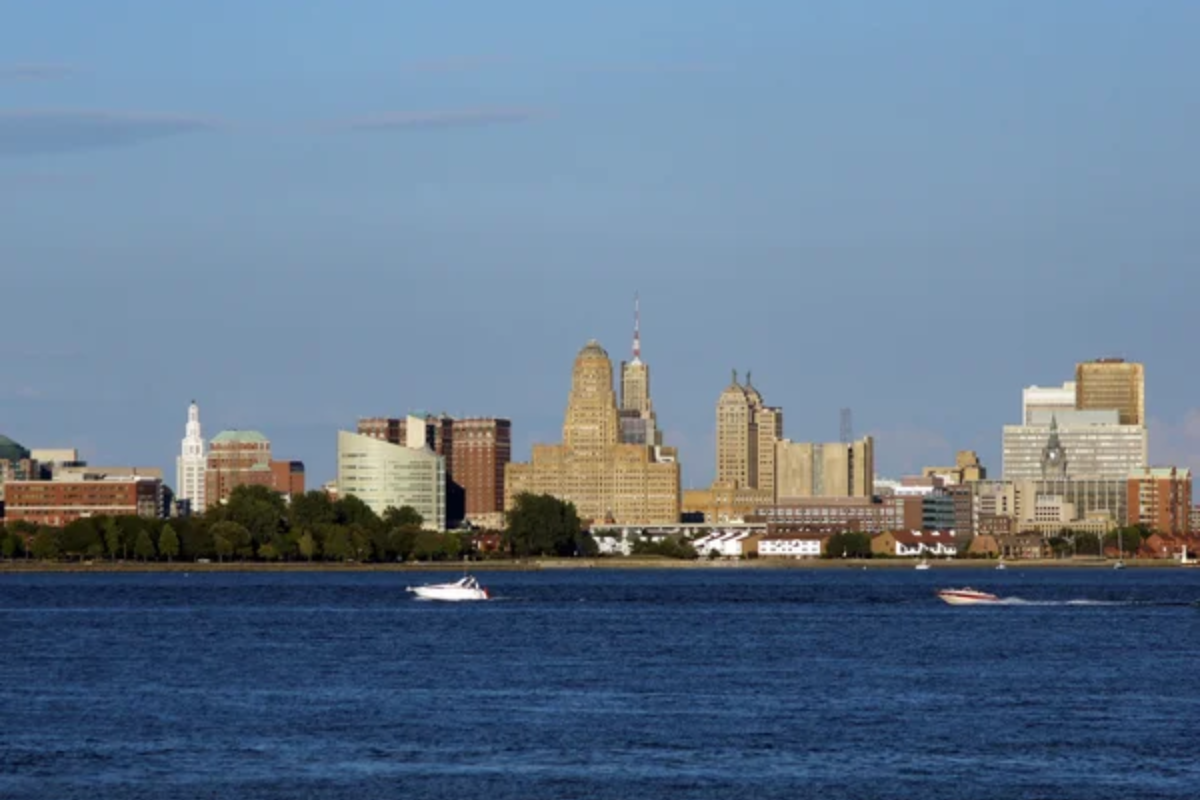
Architectural treasures from more prosperous eras provide the foundation for a renaissance in this Great Lakes city, which is experiencing renewed interest after decades of population decline. Medical campuses expand in the urban core, while former industrial areas attract breweries, arts organizations, and residential conversions.
The affordable housing stock draws young professionals and immigrants, creating new energy in neighborhoods where restoration projects showcase ornate designs from the city’s historical position as America’s eighth-largest metropolitan area.
Like Travel Pug’s content? Follow us on MSN.
Bilbao, Spain

The Guggenheim effect continues to reshape this former industrial center, where cultural investment sparked broader economic transformation that extends beyond iconic museum architecture. Former shipyards now host technology companies while culinary innovation builds upon Basque traditions in a city balancing industrial heritage with creative economy aspirations.
The ongoing evolution demonstrates how cultural assets can anchor identity transitions that maintain local character while connecting to global networks.
Nashville, Tennessee
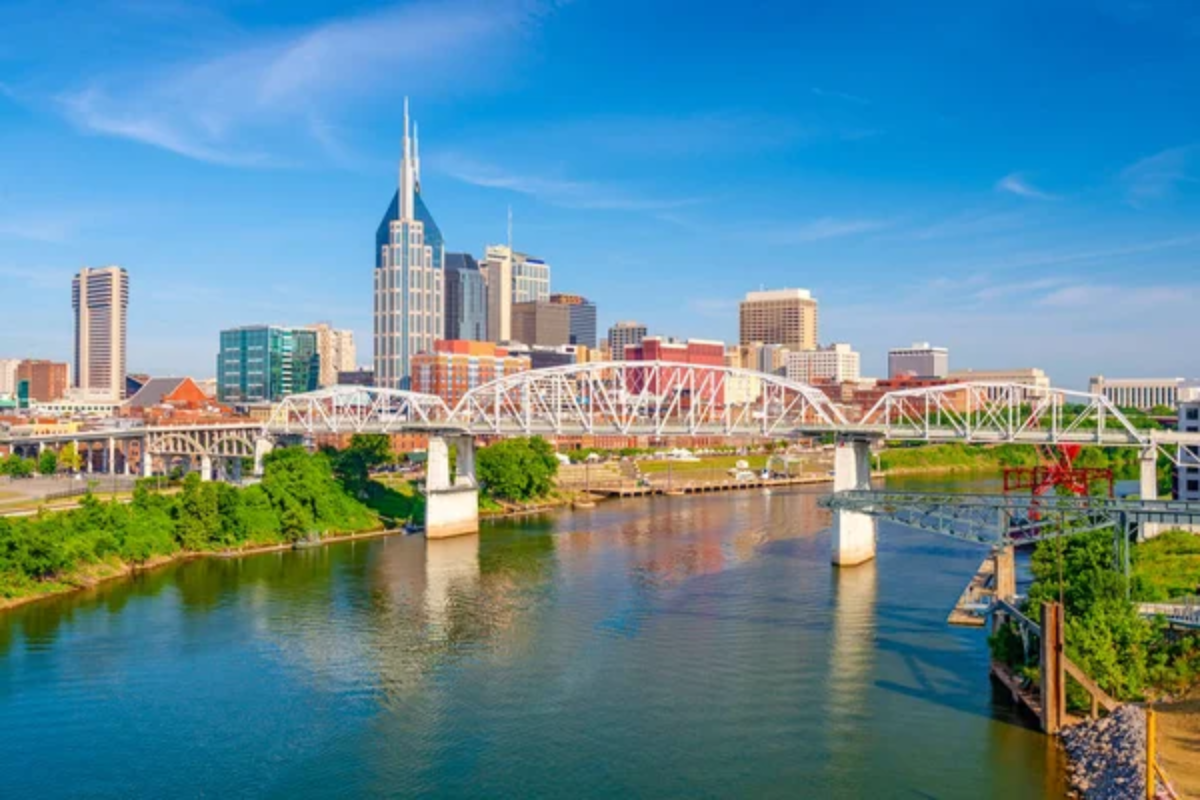
Music City experiences unprecedented growth, expanding far beyond its country music foundation, as healthcare companies, tech firms, and manufacturing bring thousands of new residents annually. Construction cranes dot the skyline while neighborhoods beyond downtown rapidly densify with mixed-use developments catering to affluent newcomers.
The identity shift creates tension between longtime artistic communities and commercial interests seeking to monetize the city’s creative reputation while fundamentally altering its character.
Aarhus, Denmark
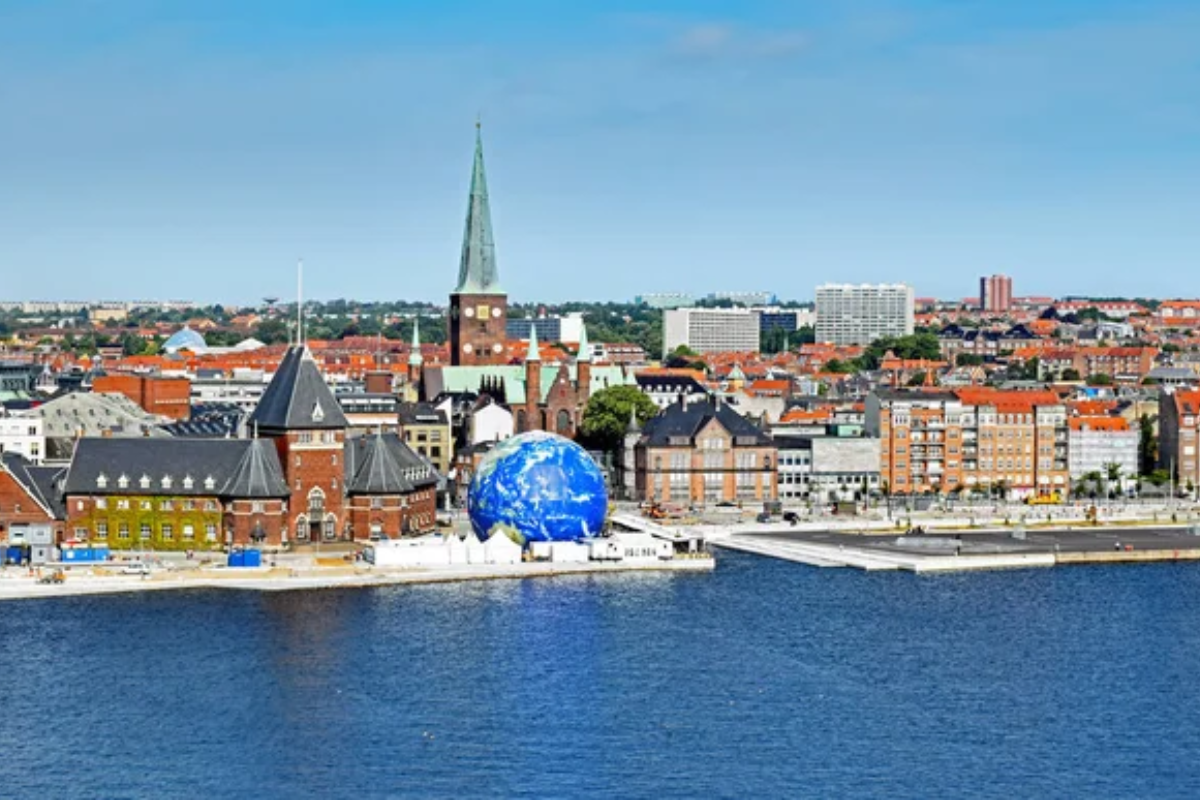
Denmark’s second city emerges from Copenhagen’s shadow as architectural innovation and cultural investment create a distinctive urban identity centered on sustainability and livability. The harborfront transformation combines public spaces with institutional anchors while educational facilities expand throughout the compact city center.
The evolution from regional hub to internationally recognized urban success story demonstrates how medium-sized cities can develop global relevance through strategic development and quality-of-life focus.
Like Travel Pug’s content? Follow us on MSN.
Milwaukee, Wisconsin
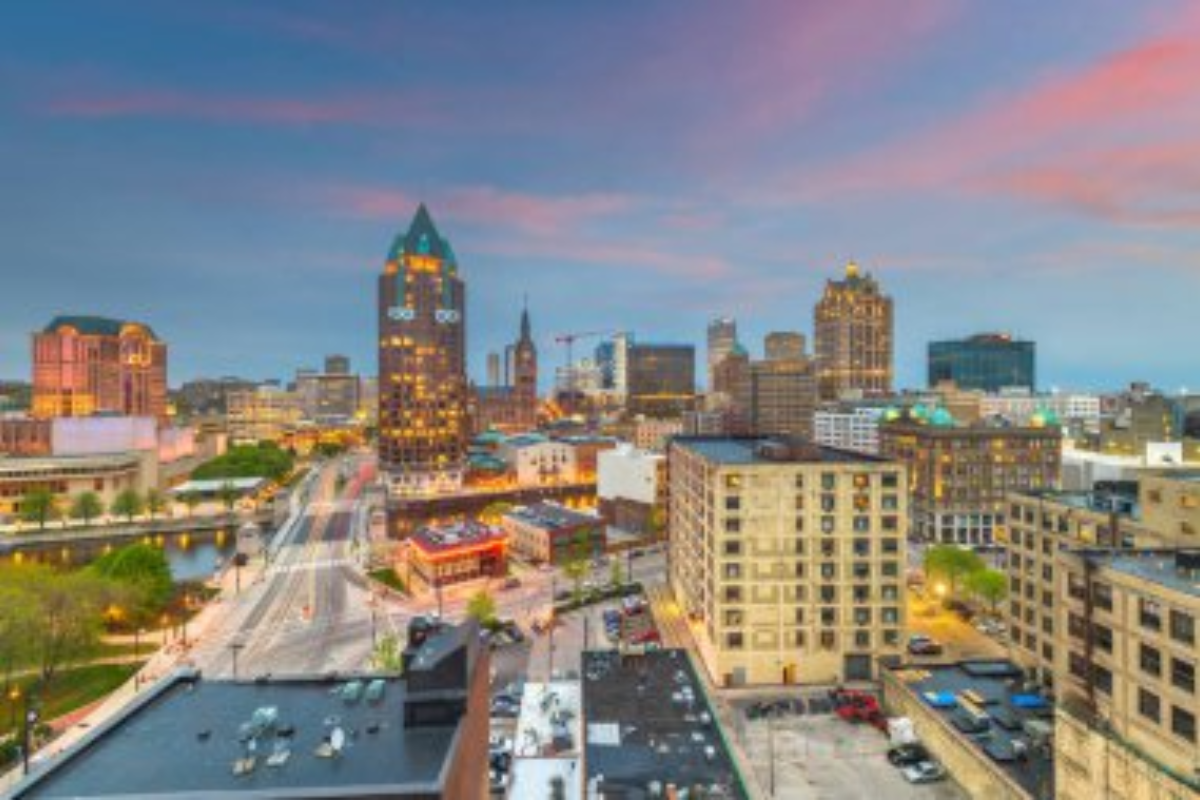
Beer City reclaims its waterfront for public use. At the same time, former brewing complexes find new purpose housing apartments, offices, and entertainment venues, reconnecting residents with the rivers that established the city’s original identity. Manufacturing diversification brings new economic activities, while neighborhood revitalization efforts spread beyond downtown into areas long overlooked by investment.
The transformation balances industrial heritage preservation with creating a forward-looking urban identity that embraces both manufacturing tradition and quality-of-life improvements.
Vancouver, Canada

International investment reshapes this Pacific Rim city, where housing affordability challenges threaten the diverse character that defined its previous identity. Glass towers transform the skyline. At the same time, neighborhood businesses struggle with rising costs in a city consistently ranked among the world’s most livable yet increasingly inaccessible to middle-income residents.
The ongoing transformation raises questions about whether Vancouver can maintain its environmental values and multicultural character while accommodating growth pressures from global capital flows.
Manchester, England
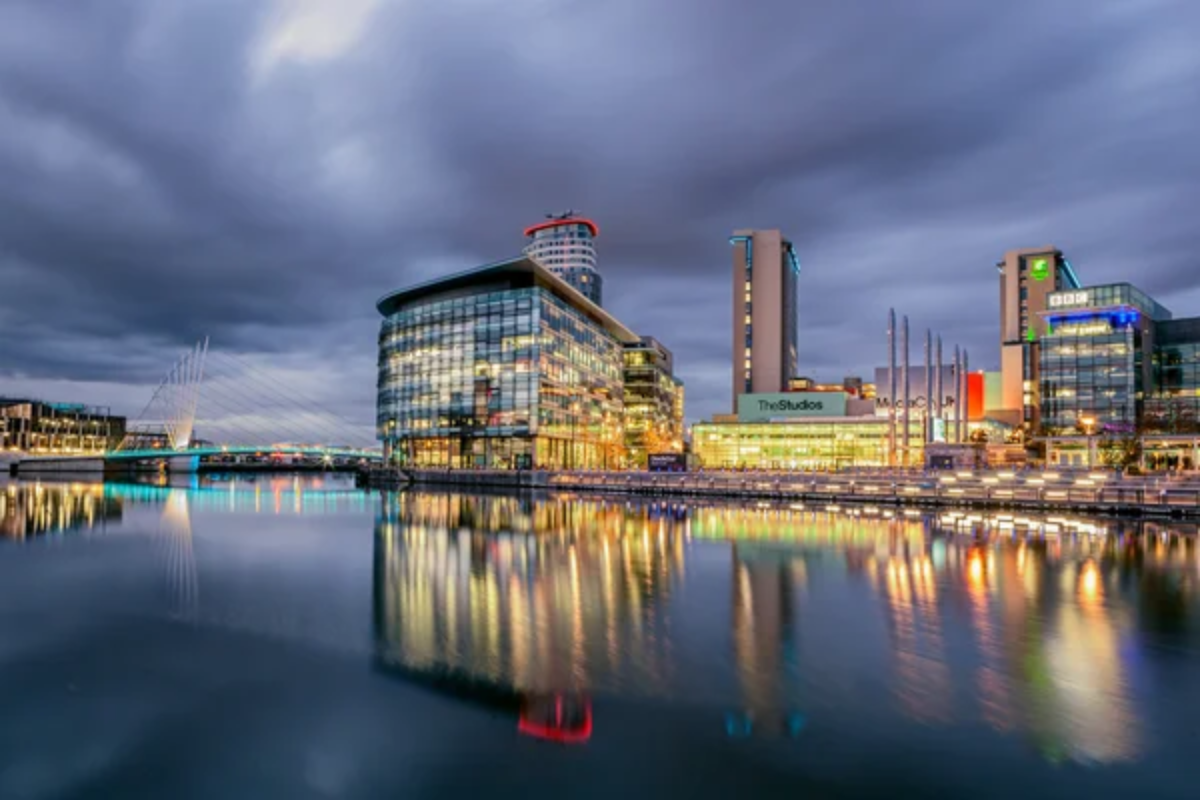
Industrial Revolution birthplace reinvents itself through knowledge economy investment and cultural regeneration that extends beyond the city center into formerly neglected districts. Media companies occupy converted factories, while educational institutions expand research facilities focused on advanced materials and digital innovation.
The transformation combines northern English identity with cosmopolitan aspirations, creating tensions and opportunities as the city positions itself as a counterbalance to London’s dominance.
Like Travel Pug’s content? Follow us on MSN.
Helsinki, Finland
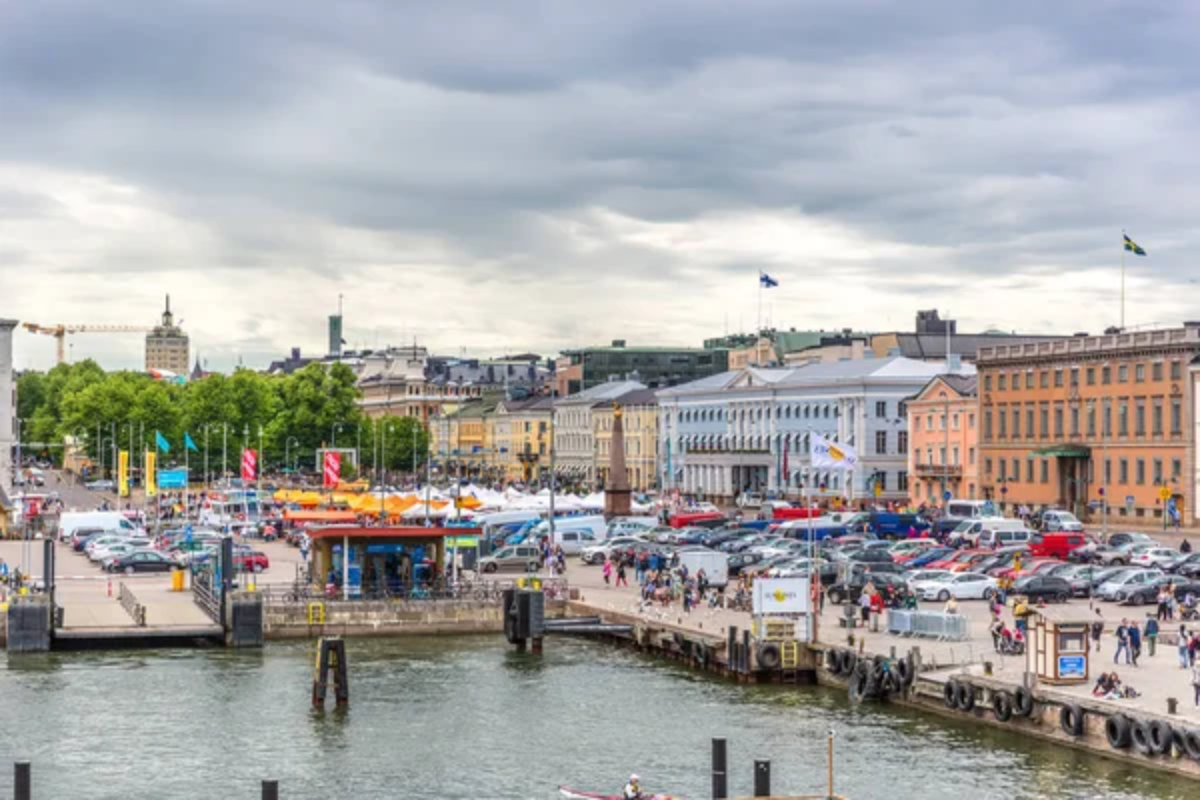
Smart city initiatives reshape this Nordic capital, where technological innovation addresses urban challenges from transportation efficiency to climate resilience. Former industrial harbors transform into residential neighborhoods, emphasizing sustainability, while design-focused development maintains human scale despite growth pressures.
The identity shift positions Helsinki as a living laboratory for urban solutions while maintaining the quality of life that consistently places Finland among the world’s happiest countries.
Cincinnati, Ohio
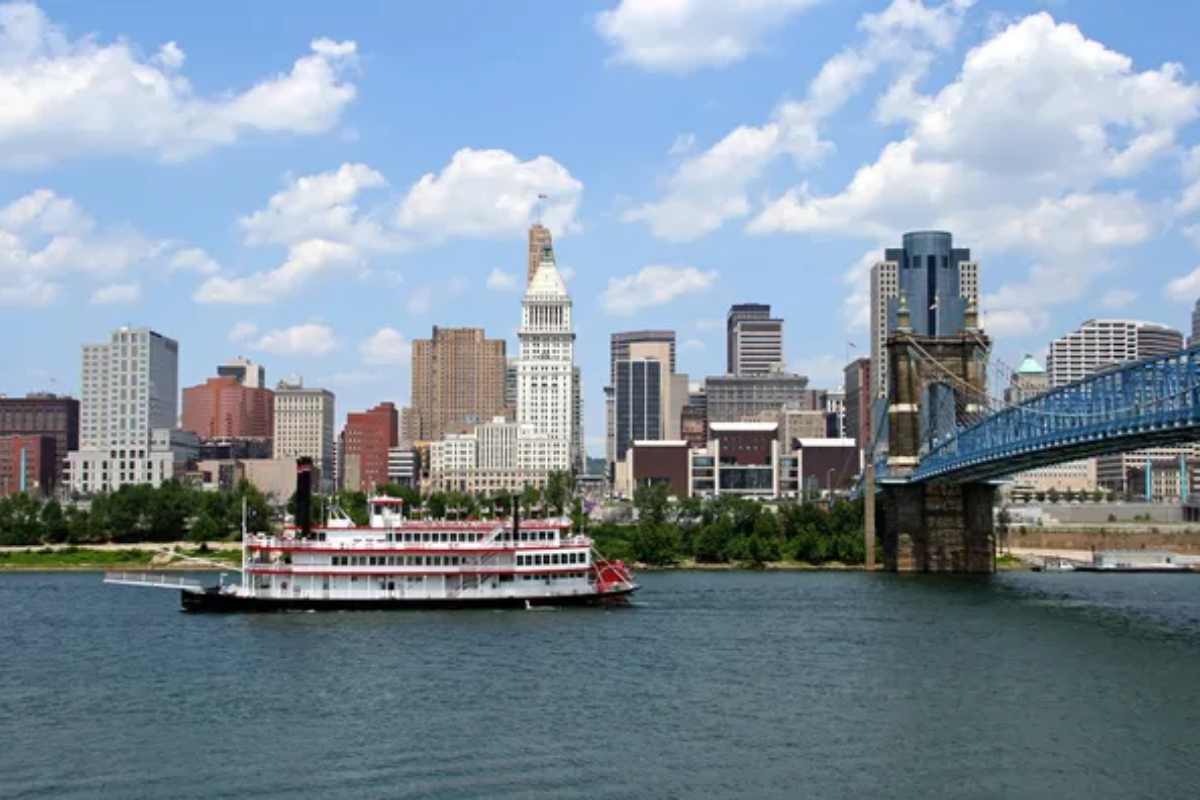
German heritage provides the foundation for a renaissance in this river city, where preserved architectural treasures house new enterprises in formerly abandoned districts. The Over-the-Rhine neighborhood transformation demonstrates both the possibilities and challenges of revitalization as trendy establishments replace longtime businesses serving lower-income residents.
The ongoing evolution creates opportunities to reimagine Midwestern identity through creative adaptive reuse while raising important questions about equitable development and cultural preservation.
Adelaide, Australia
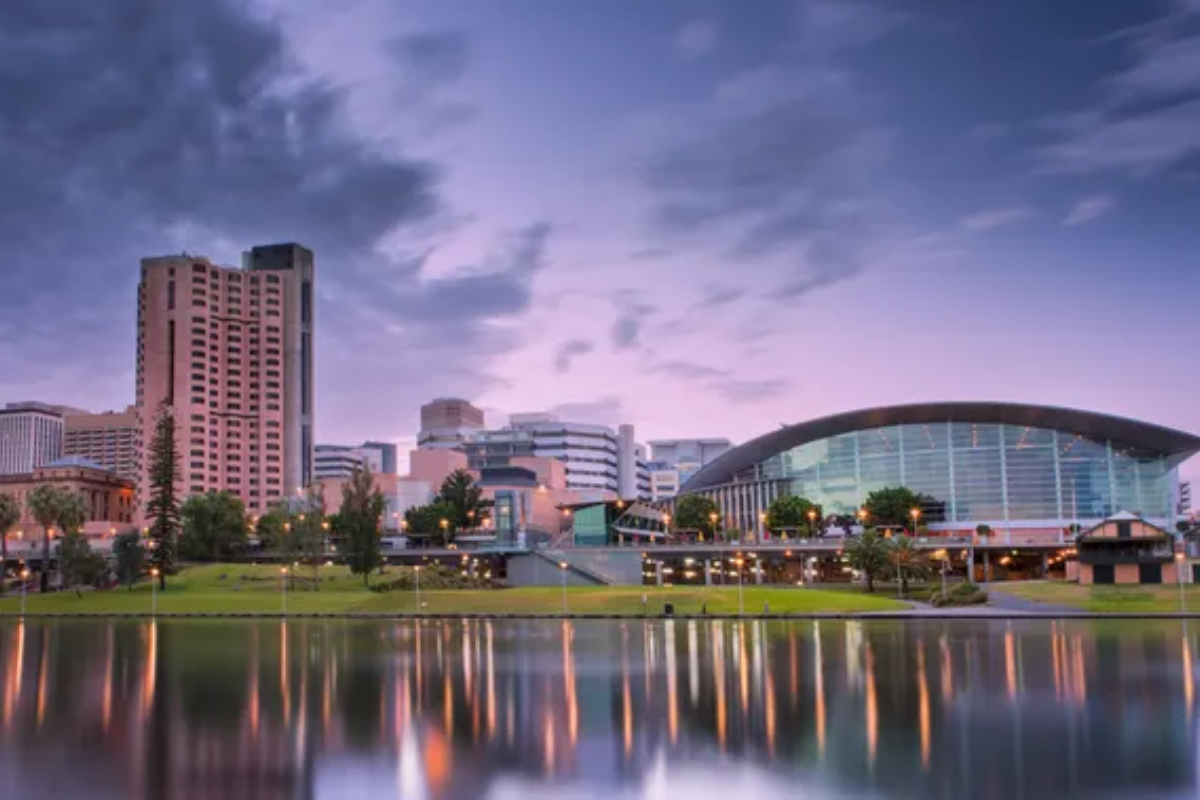
Festival culture catalyzes broader transformation in this planned city, where innovation precincts and creative industries diversify an economy historically dependent on manufacturing and government employment. Adaptive reuse projects transform industrial buildings while urban planning emphasizes walkability and public transport in neighborhoods experiencing renewed interest.
The identity shift leverages educational institutions and quality of life advantages to position Adelaide as an alternative to Australia’s larger cities, which are experiencing congestion and affordability challenges.
Like Travel Pug’s content? Follow us on MSN.
Nagoya, Japan
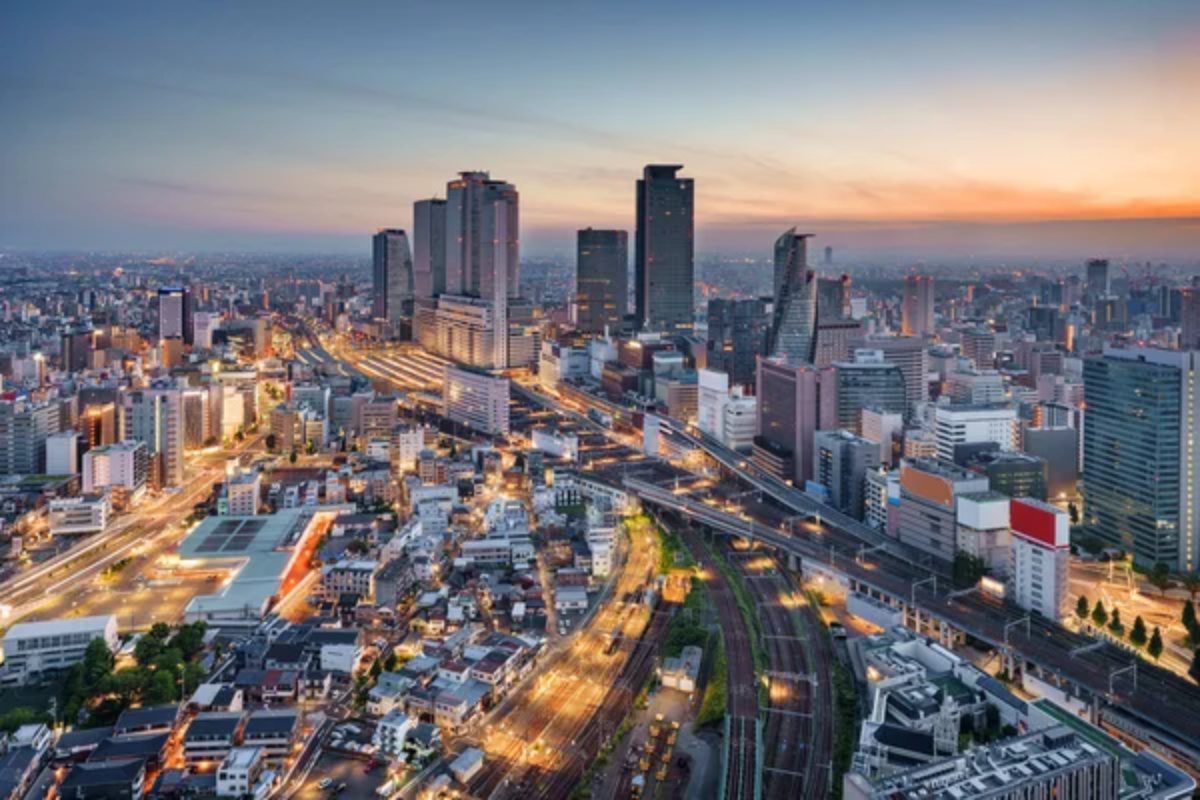
Manufacturing tradition evolves toward an innovation economy in this industrial powerhouse, where Toyota City proximity shapes development priorities focused on mobility solutions and smart infrastructure. University research parks connect academic knowledge with industrial applications while transportation investments strengthen regional connections in central Japan’s largest metropolitan area.
The transformation represents broader Japanese economic evolution as cities adjust to demographic changes while leveraging technological expertise for future competitiveness.
Memphis, Tennessee

Musical heritage provides the foundation for renewal in this Mississippi River city, where logistics advantages combine with cultural assets to create a distinctive identity beyond Elvis associations. Medical district expansion creates employment opportunities while neighborhood revitalization efforts spread beyond downtown to areas previously experiencing disinvestment.
The transformation involves reconciling with civil rights history while leveraging cultural authenticity that distinguishes Memphis from cities with more generic development approaches.
Lagos, Nigeria
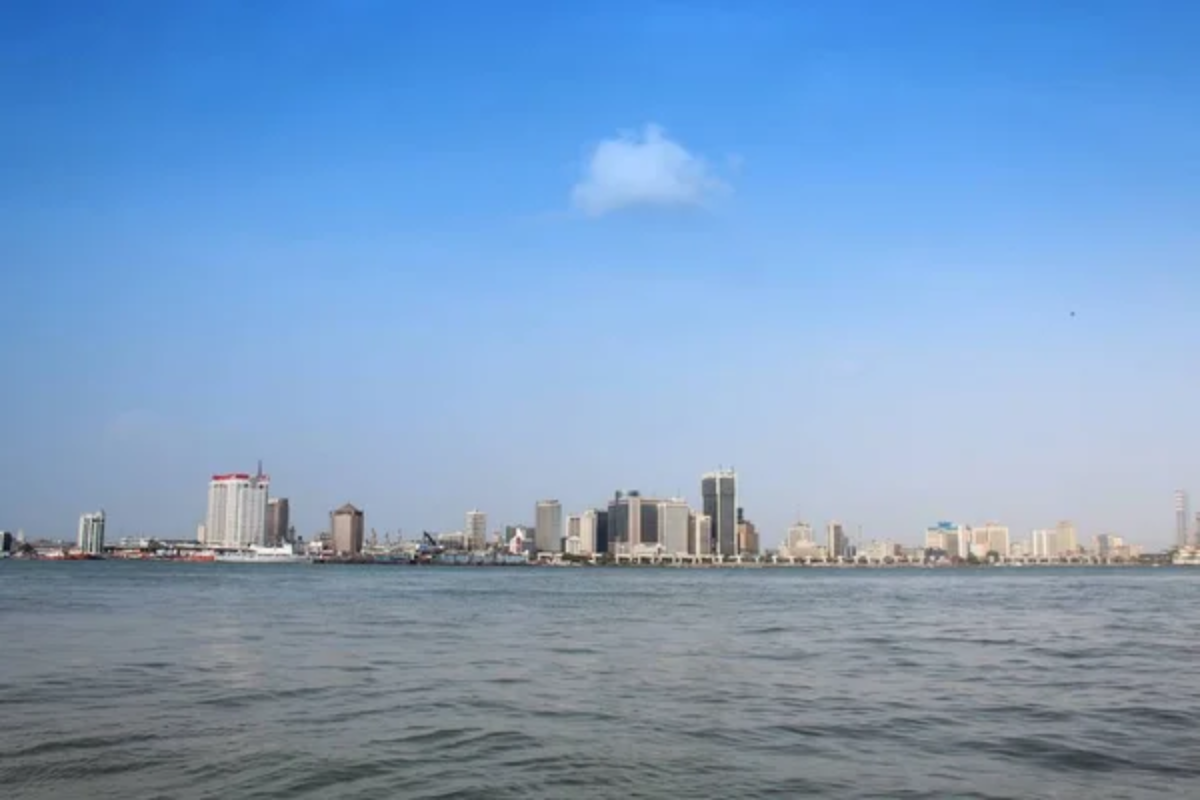
Explosive growth transforms Africa’s largest city, where informal solutions address infrastructure challenges while the technology sector emergence creates new economic opportunities. Island developments cater to wealthy residents, while mainland neighborhoods develop grassroots innovations addressing daily urban challenges through necessity-driven creativity.
The ongoing evolution represents broader African urban transformation as cities develop unique modernization paths combining formal and informal systems into hybrid solutions, shaping new urban identities.
Like Travel Pug’s content? Follow us on MSN.
Urban Metamorphosis
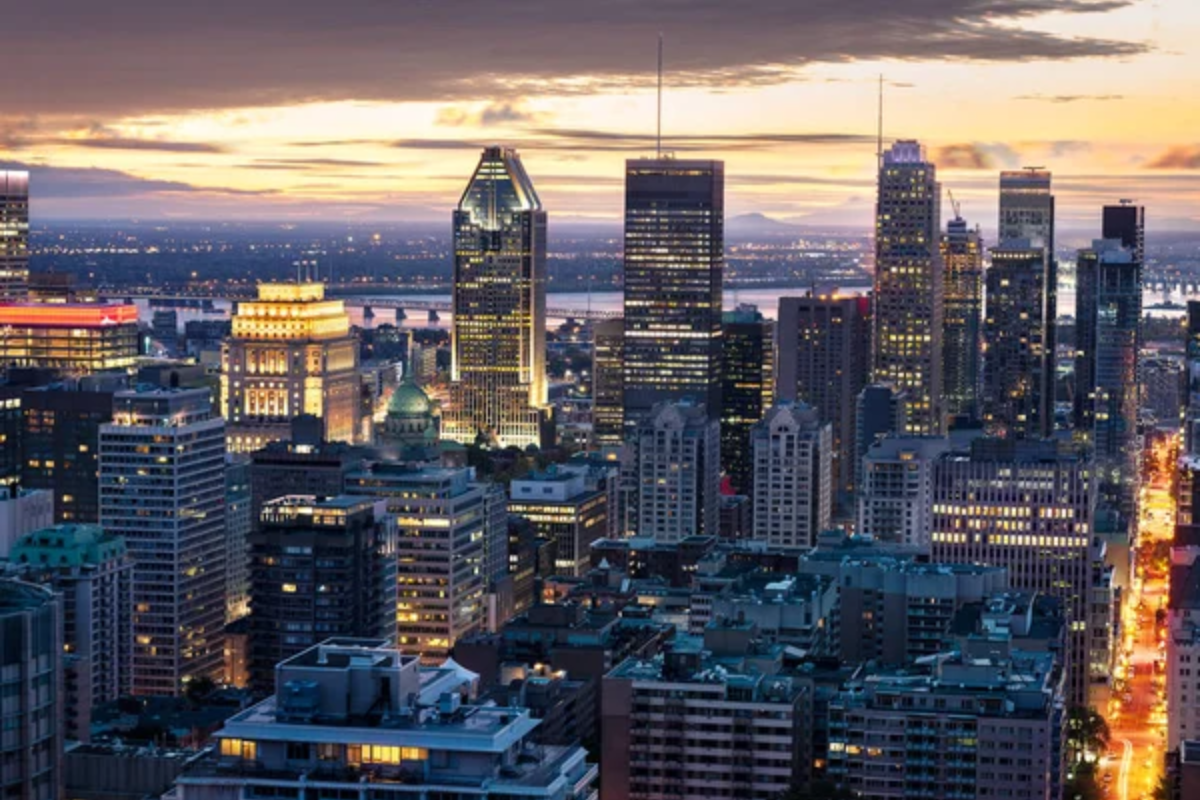
These cities demonstrate how urban identities transform through complex interactions between economic forces, cultural movements, and community aspirations. The most successful transitions maintain authentic connections to local history while embracing new possibilities, creating distinctive places rather than interchangeable economic zones.
As these twenty cities navigate their identity shifts, they write the next chapters in the continuing story of urban evolution, where change remains the only constant in metropolitan development across continents and cultures.
More from Travel Pug

- Cities Growing so Fast You Won’t Recognize Them in 10 Years
- 13 Destinations Where Tourists Regularly Regret Their Trip
- 20 Obscure WWII Sites Even History Buffs Don’t Know About
- 10 Under-the-Radar Mountain Towns That Are Both Affordable and Beautiful
- Remote Villages in Europe Where You Can Live for Free in Exchange for Work
Like Travel Pug’s content? Follow us on MSN.
